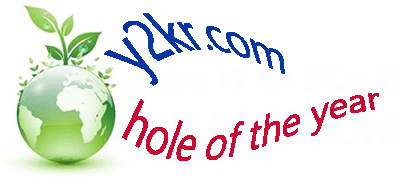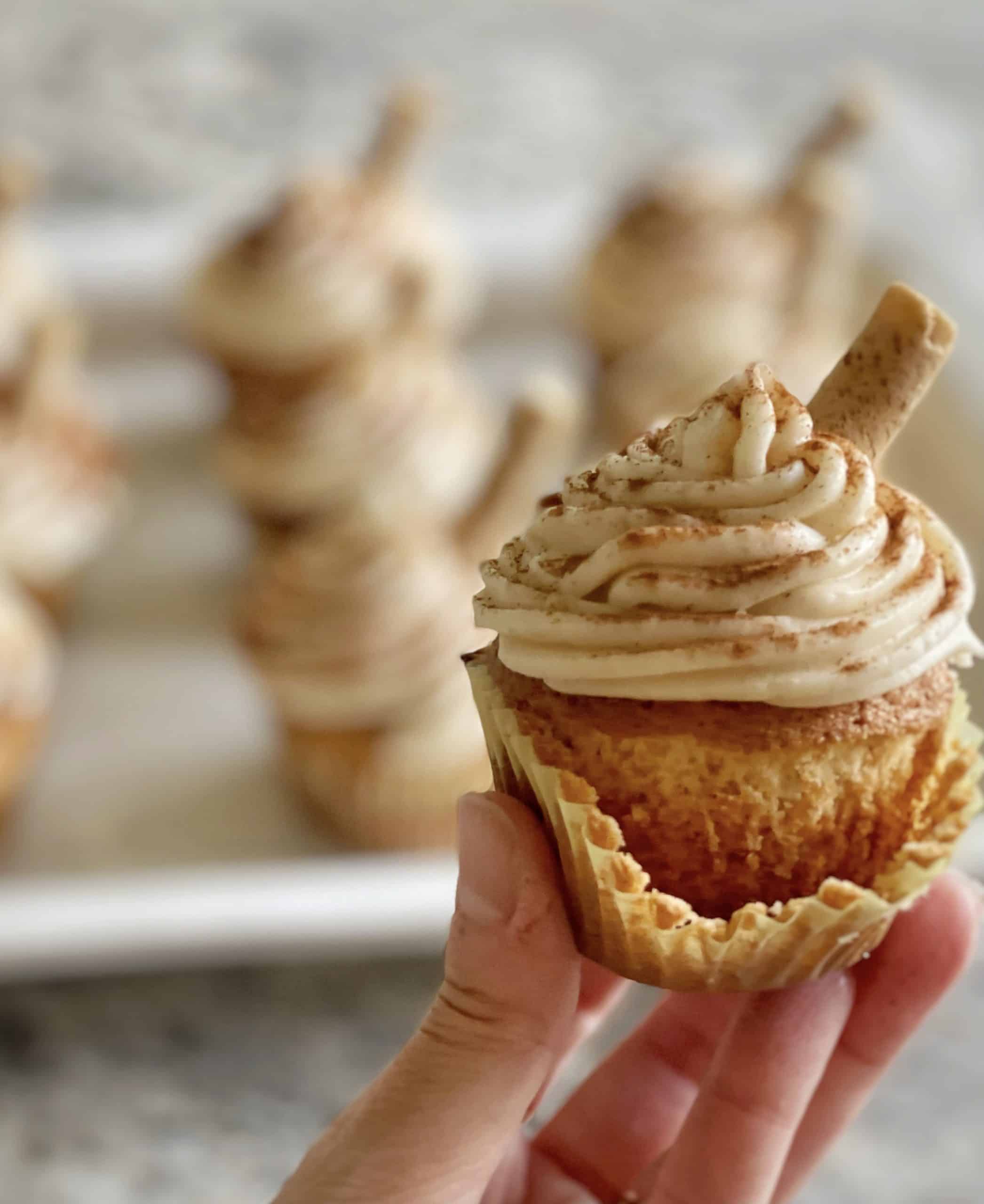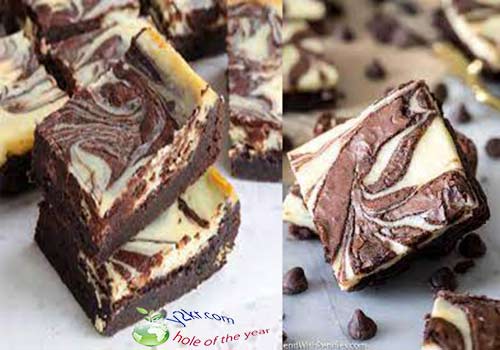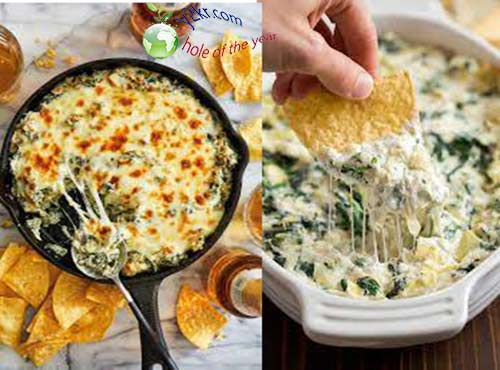When it comes to cooking and baking, accurate measurements are crucial for achieving the desired results. Many recipes provide measurements in different units, which can sometimes lead to confusion. One common query that arises is, “13 cups is how many ounces?” In this comprehensive guide, we will delve into the conversion of cups to ounces and provide you with a clear understanding of how to convert 13 cups to ounces accurately.
Understanding the Relationship between Cups and Ounces
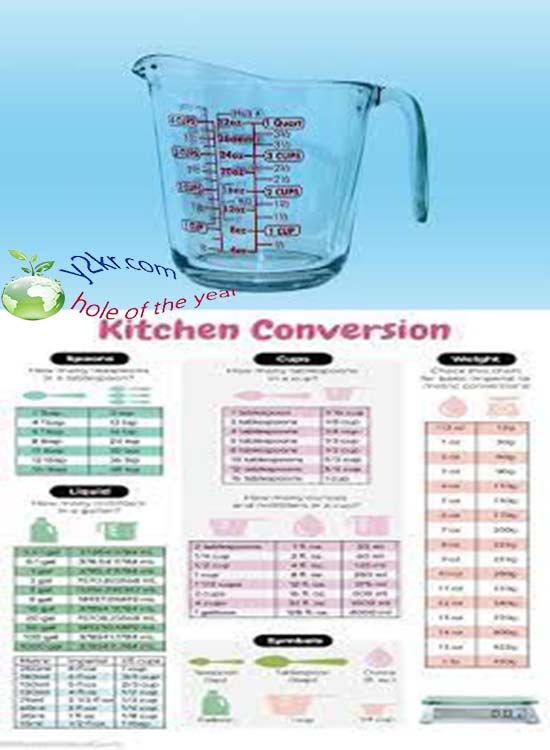
Before we delve into the conversion process, it’s crucial to grasp the connection between cups and ounces. Both cups and ounces are units of volume, although they belong to different measuring systems. In the United States, cups are commonly used, while ounces are part of the imperial and US customary systems.
The Conversion of Cups to Ounces
In the US customary system, a cup is equivalent to 8 fluid ounces. However, it’s important to note that this conversion is specifically for measuring liquid volume. When it comes to measuring dry ingredients, the weight of a cup can vary depending on the ingredient’s density. The relationship between cups and ounces remains consistent for liquids, allowing you to easily convert between the two units.
Considering Density for Dry Ingredients
When dealing with dry ingredients, it’s worth noting that the weight of a cup may not always be the same as the fluid ounce measurement. The density of the ingredient affects the conversion between cups and ounces. Ingredients with different densities will have varying weights for a cup. Therefore, it’s crucial to consult a reliable conversion chart or refer to specific measurements provided in recipes to accurately convert between cups and ounces for dry ingredients.
By understanding the relationship between cups and ounces, you can confidently convert measurements between these two units, ensuring accurate and precise results in your cooking and baking endeavors.
Converting 13 Cups to Ounces: A Step-by-Step Guide
Now that we understand the basics, let’s focus on converting 13 cups to ounces. This conversion process requires careful consideration of the specific type of ingredient being measured. By following these steps, you can accurately determine the number of ounces equivalent to 13 cups.
Step 1: Identify the Type of Ingredient
To begin, it is crucial to identify the type of ingredient you are working with. Is it a liquid or a dry ingredient? This information is essential as it helps determine the appropriate conversion factor.
Step 2: Converting Liquid Ingredients
If you are measuring a liquid ingredient, such as water or milk, you can use a standard conversion factor. In this case, the conversion factor is 8 fluid ounces per cup. To convert 13 cups of liquid to ounces, simply multiply the number of cups (13) by the conversion factor. Following this calculation, 13 cups would be equal to 104 fluid ounces.
Step 3: Converting Dry Ingredients
Converting dry ingredients requires a more nuanced approach due to variations in density among different substances. Each dry ingredient may have a unique weight even when measured in the same volume. To ensure accuracy, it is advisable to consult a reliable conversion chart or reference guide specific to the ingredient you are using. These resources provide precise measurements based on the density of the particular dry ingredient, ensuring accurate conversions.
By following these step-by-step instructions, you can confidently convert 13 cups to ounces, whether you are dealing with liquid or dry ingredients. Remember to consider the type of ingredient and utilize the appropriate conversion factors or references for accurate results.
Practical Applications: Why Knowing the Conversion is Important

Understanding the conversion from cups to ounces, especially when dealing with 13 cups, can be highly beneficial in various practical situations. Here are a few examples:
1. Cooking and Baking: Recipes often call for specific measurements, and being able to convert between cups and ounces allows you to follow them accurately. If a recipe requires 13 cups of a particular ingredient, you can convert it to ounces to ensure precise measurements and better results.
2. Scaling Recipes: Sometimes, you may need to adjust the quantity of a recipe to serve a larger or smaller group. Knowing the conversion from cups to ounces enables you to scale the recipe effectively and maintain the desired taste and texture.
3. Ingredient Substitutions: In certain cases, you may need to substitute one ingredient with another. By understanding the conversion between cups and ounces, you can make the necessary adjustments and ensure the proper balance of flavors and textures in your dish.
Commonly Asked Questions about the Conversion
1. Are there any standard measuring cups for dry ingredients?
Yes, there are specific measuring cups designed for dry ingredients. These cups have flat tops, allowing you to level off the excess and obtain an accurate measurement.
2. Can I use a regular cup or mug to measure ingredients?
While it’s convenient to use a regular cup or mug for measuring, it may not provide accurate results. It’s recommended to use standardized measuring cups for precise measurements.
3. Are there any conversion apps or online tools available?
Yes, there are several conversion apps and online tools that can help you convert between cups and ounces effortlessly. These tools often provide conversions for various ingredients and are handy for quick and accurate measurements.
Mastering the Conversion of 13 Cups to Ounces: Essential Tips for Home Cooks and Bakers
Understanding the conversion of cups to ounces is a crucial skill that every home cook or baker should possess. Whether you’re whipping up a savory dish or baking a delightful treat, knowing how to accurately convert measurements from cups to ounces can make a significant difference in your culinary endeavors.
In this comprehensive guide, we will walk you through the step-by-step process, explain the importance of considering the ingredient type, and provide helpful tips for achieving consistent and precise measurements.
Converting 13 Cups to Ounces: Factors to Consider and Reliable Methods
When it comes to converting 13 cups to ounces, it’s essential to have a clear understanding of the different factors at play. Liquid ingredients, such as water or milk, have a different weight than dry ingredients like flour or sugar. Therefore, the conversion from cups to ounces may vary depending on the nature of the ingredient being measured. To ensure accuracy, it’s highly recommended to use a reliable kitchen scale or consult a conversion chart specifically designed for cups to ounces conversions.
For those who prefer a more traditional approach, measuring cups can also be used for conversions. However, it’s important to note that measuring cups are calibrated for specific ingredients, typically dry ones. If you’re dealing with a liquid ingredient, it’s best to use a liquid measuring cup that provides measurements in fluid ounces. This distinction between dry and liquid measuring cups is critical to achieving precise and consistent results in your recipes.
Using Cup-to-Ounce Conversions for Ingredient Substitutions and Additional Resources
Moreover, in the culinary world, ingredient substitutions are common. Sometimes a recipe may call for a certain amount of one ingredient, but you only have a different ingredient on hand. In such cases, having a thorough understanding of cup-to-ounce conversions can help you make appropriate adjustments. By knowing the weight equivalent of 13 cups in ounces, you can easily substitute or modify the recipe while maintaining its integrity and taste.
To facilitate the conversion process, there are numerous conversion apps and online tools available that can quickly convert 13 cups to ounces and vice versa. These handy resources can save you time and effort, especially when you’re dealing with complex or large-scale recipes. However, it’s always beneficial to understand the underlying conversion principles, enabling you to double-check and ensure accuracy.
Embracing the Knowledge: Transforming Your Culinary Creations with Confidence
Now armed with the knowledge of converting 13 cups to ounces, you can confidently tackle any recipe that requires this specific measurement. Whether you’re an aspiring home cook or a seasoned baker, mastering cup-to-ounce conversions will undoubtedly elevate your culinary skills and enable you to achieve exceptional results in the kitchen. So, the next time you embark on a cooking or baking adventure, rest assured that you can accurately measure and transform your ingredients, bringing your delicious creations to life. Happy cooking!
Mastering the Conversion of 13 Cups to Ounces
Mastering the conversion of 13 cups to ounces is an essential skill for any home cook or baker. Understanding the relationship between cups and ounces is crucial for achieving accurate measurements and consistent results in your culinary endeavors. Whether you are cooking or baking, knowing how to convert between cups and ounces will ensure that your recipes turn out just right.
Converting 13 Cups to Ounces: A Step-by-Step Guide
To convert 13 cups to ounces, you can follow a simple step-by-step guide. First, determine the type of ingredient you are measuring. Keep in mind that the conversion may vary depending on whether you are measuring a liquid or a dry ingredient. Liquids and dry ingredients have different densities, which means that their conversion factors will differ.
Converting Liquid Ingredients
For liquid ingredients, such as water or milk, the conversion factor is usually 1 cup equals 8 fluid ounces. So, to convert 13 cups of liquid to ounces, you would multiply 13 by 8, resulting in 104 fluid ounces. However, it’s essential to note that this conversion factor may vary slightly for certain liquids with different densities, so it’s always a good idea to double-check specific conversions for particular liquids.
Converting Dry Ingredients
On the other hand, when dealing with dry ingredients like flour or sugar, the conversion factor is different. In general, 1 cup of a dry ingredient is equivalent to 4.5 to 5.5 ounces, depending on the density of the specific ingredient. For example, if you need to convert 13 cups of flour to ounces, you would multiply 13 by the appropriate conversion factor (let’s say 4.8 ounces), resulting in 62.4 ounces.
Resources for Conversions
Fortunately, there are various resources available to help you with conversions. You can use measuring cups specifically designed for dry and liquid ingredients, which usually indicate the equivalent measurements in ounces. Additionally, you can rely on conversion apps and online tools that provide quick and accurate conversions for different ingredients and units of measurement.
By mastering the conversion of 13 cups to ounces, you can confidently tackle any recipe that calls for this measurement. Whether you’re scaling recipes, making ingredient substitutions, or simply following a new dish, having a solid understanding of cups to ounces conversion will make your cooking and baking experiences much smoother. So, equip yourself with the necessary knowledge and tools, and enjoy your culinary adventures to the fullest!
